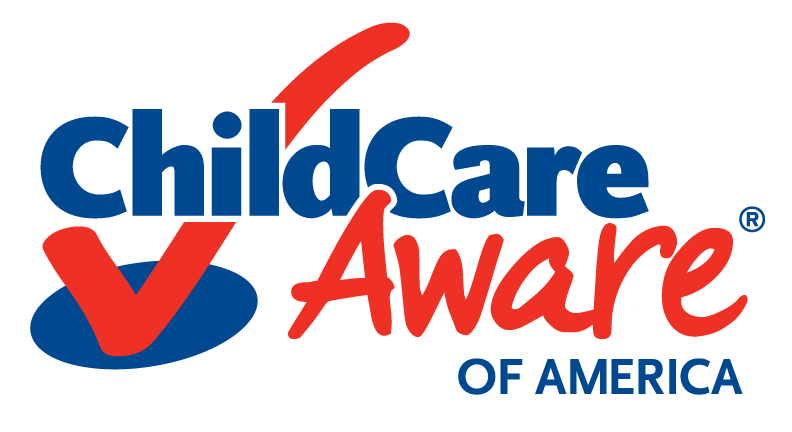The Child Care and Development Block Grant Act (CCDBG)—the law that governs the administration of federal child care assistance—provides states with the ability to seek temporary relief, or waivers, from statutory or regulatory provisions if there is an inability for the state to comply with the law, or in the event of extraordinary circumstances. Over the past year, every state has sought and gained at least one waiver from the federal law; however, much of the contents of states’ waiver requests are not publicly available.
Given CCDBG applies to much of the federal COVID-19 relief that has been provided to the states over the past year and is the jumping-off point for current congressional proposals to expand child care under the Build Back Better (BBB) Act, it is important to understand the prevalence and impact of these waivers.
Basic legal or regulatory requirements—including those relating to health, safety, and quality—are critical in ensuring that children are cared for in environments that nurture their healthy growth and development. If states have sought relief from certain aspects of the law, the public should know why relief from these requirements is necessary. Further, states should explain how relief from any legal requirement does not endanger the well-being of children.
This white paper provides an overview of the history of CCDBG waiver authority, different administrations’ interpretation and implementation of that authority, an analysis of states’ requests for waivers, the potential use of waivers under the BBB Act, and recommendations for policymakers.
CCAoA recommendations to improve the CCDBG waiver process:
- Transparency: At the state level, lead agencies should publicly post their waiver requests, and any supporting documents. At the federal level, the Department of Health and Human Services (HHS) should post its decisions communicating denial or acceptance of waiver requests.
- Public Input & Support: Prior to submission of transitional waiver requests, states should solicit input from stakeholders and include any associated public comment alongside a description of how the state addressed the public’s input in their waiver requests.
- Uniform Application: HHS should develop a publicly available application form that states must populate with information providing details on the need for and duration of any waiver, including how the state plans to measure the impact on child well-being of any approved waiver.
- Monitoring & Enforcement: HHS should monitor whether states’ waivers have been effective in enabling the state to carry out the activities for which the waiver was requested and enforce the commitments made by the states in their waiver requests.
- Congressional Oversight: The relevant committees should consider holding hearings on the current waiver process and how to improve it. Congress can work with HHS to evaluate the use of waivers over the past several years and direct a federal study on the use of waivers since the reauthorization of CCDBG.
As systems of early learning and care expand, issues of administration, governance, monitoring, and oversight will be critical in ensuring successful implementation. Ensuring the CCDBG waiver process is as transparent as possible will help to ensure the safety and well-being of our nation’s children.




